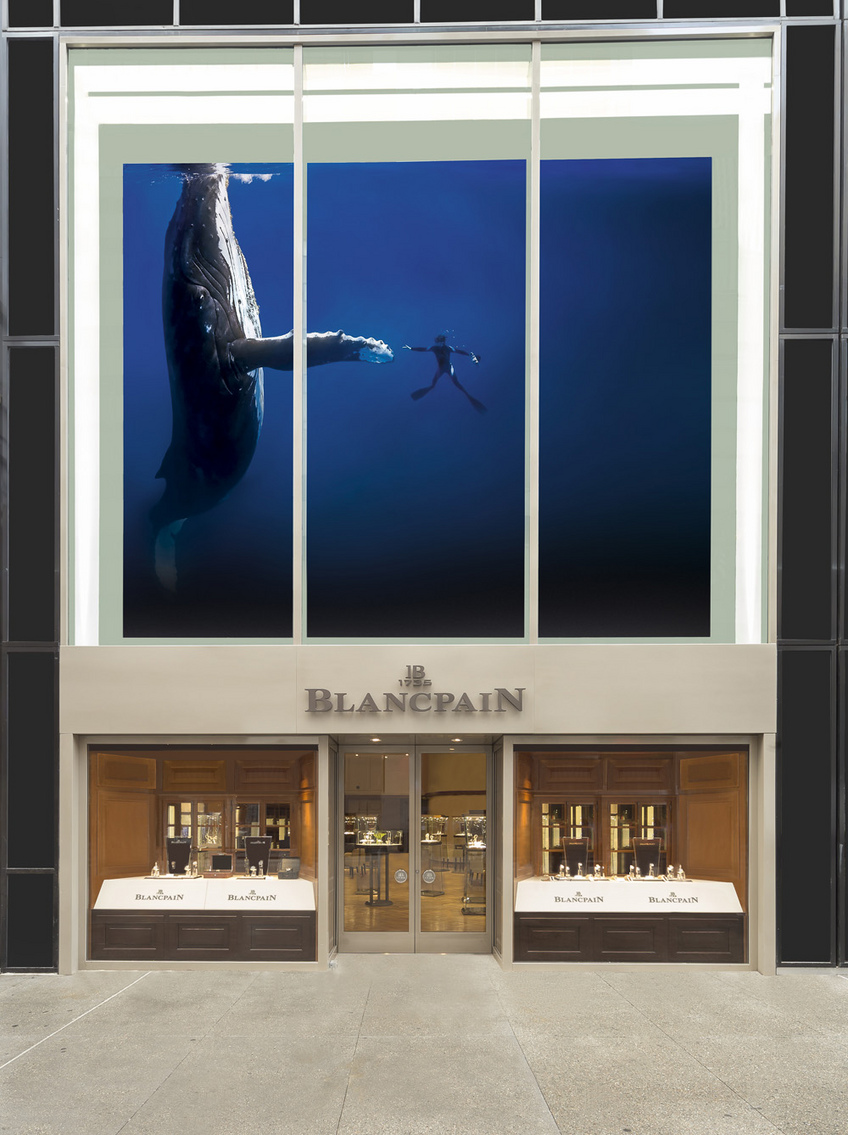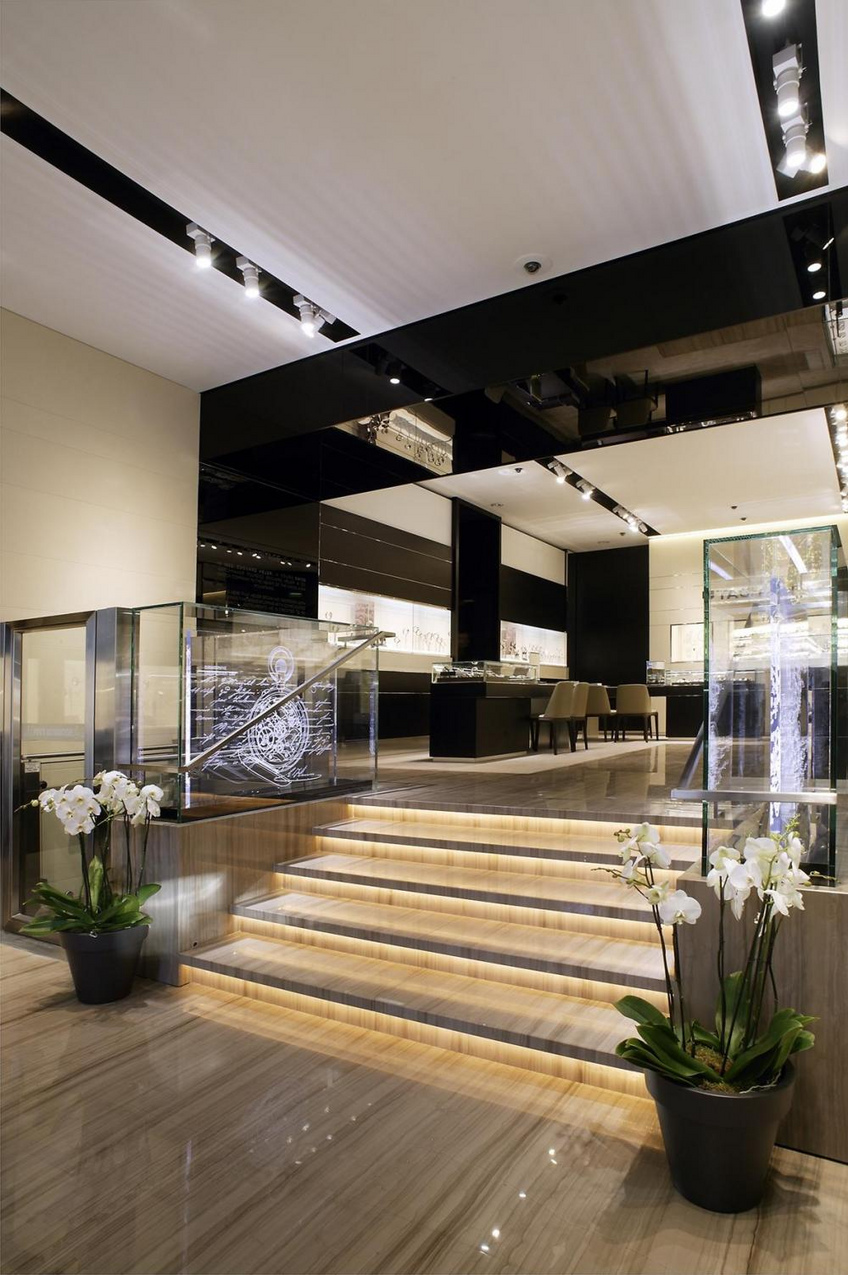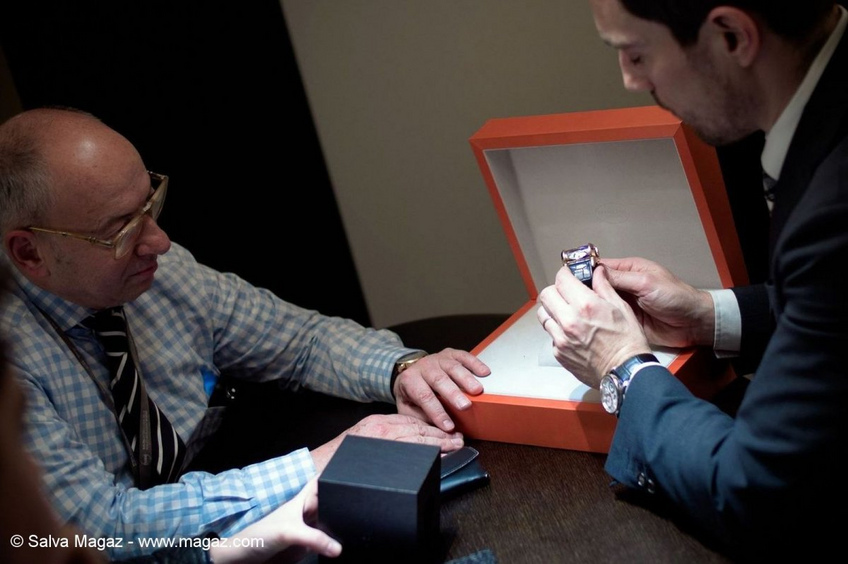

The tale of Luxury customer experience
Customer experience is what all brands are thriving for nowadays. It defines who they are as much as the products themselves. Is reality up to par with the concept?
Passionate about watchmaking, marketing and luxury strategy, I decided, on my own account, to conduct an unprecedented independent study to confront the concept of customer experience and the reality of store distribution. Over the past year, I acted as a mystery shopper in 25 different luxury stores. From directly owned mono brand watch stores (both independent brands and owned by luxury groups) to multi brand retailers, from luxury department stores to fashion flagships, I tried a wide array of experiences.
Brand experience starts with the way they communicate in theirs ads, on social media, as well as in their stores, which are still one of the main contact points for luxury brands buying. It is a great concept as it creates the relation between the brand and its customers and when successfully enacted, it guarantees the engagement of the customer towards the brand and its long lasting loyalty. Seems rather straight-forward and easy, right ?

Marketing vision and reality
Well, there might be a bit of a difference between what marketers envision and what customers actually experience. To build my own opinion, I have conducted my mystery shopper experiences in many luxury stores in Paris and Geneva, two great luxury shopping destinations. For obvious reasons, I will not name anyone. My purpose is not to point finger but to raise attention on what brands think the experience delivered is and what it is in reality. As a watch passionate, I turned to many watch stores but also to great fashion brands as well as luxury department stores to widen my scope. I acted as the passionate I am, eager to hear what the brands had to tell me and to learn about their products and their values. Bread and butter for any good sales staff. Here are the key results.
Great room for improvement
From my experience, only one in six (16.6%) store delivers an outstanding service. A good 40% (41,6) offer good service but that does not strike me as a «luxury» experience. Another 21% is below acceptable for any luxury brands. And the remaining 21% is way under par, to remain courteous. If any of the CEOs of the brands I have surveyed had seen some of the «experiences» offered, chances are there would at least be some serious rethinking being initiated.

A beautiful environment
All luxury brand stores are beautiful, situated in the best locations, so the environment always puts you in that «I feel special» mode, ready to whip out your Gold, Platinum or Centurion card. So far, so good. Famous architects and interior designers have outdone themselves to create elegant, plush atmospheres with a touch of class. Brands have gone over the top to create luxurious store windows, with artistic staging of selected products. Whole departments of the companies take care of that and they do a good job. But when is the last time someone bought a €50,000 watch from a window display? The path to the sell has to go through a human counterpart (at least as long as e-commerce only represents 7% of luxury sales, for now, Bain & Company Worldwide Luxury Goods report 2015)…and this is where the difference between a great, a standard and a downright awful experience lies. In most stores, you are properly greeted (even in Paris!). A salesperson usually welcomes you and offers a helping hand. At least in watch stores they do. Here the interaction with the brand starts.
Sales persons ARE the brand
Everything the salesperson does or says IS the brand. Hence the importance of properly trained people on the floor. In good cases, the person asked subtle questions to understand what I was looking for, who it was for, what was the occasion, what type of products I liked? On the best occasions, they asked if I was familiar with the brand, offered insights on the its history and/or on the model, its creation, the movement, the dial, its technical specifications. The best ones were able to reply to more specific questions on complications, on production numbers, finishing technics, number of components…without having to «ask someone», looking into their manual or worse, lie and give incorrect answers. For example, I was told that an independent brand I happen to love produced 30.000 watches a year (when they barely make 2,000!), that a Swatch Group brand or a Richemont one was independent, that Grand Feu enamel is a highly resistant varnish! In the worst cases ? «How much you want to spend ?» was one of the rather blunt question I encountered on a couple of occasions…Talk about customer experience!

The moment of truth
Would you like to sit down and see some of our models closely ? Yes, with pleasure. Let’s discover the gems, manipulate them, listen to and feel their smooth beating and clicking. Admire the outstanding finishings of their movements, the delicate work of their «métiers d’art» decorations. When done properly, this is the moment where the emotions conveyed by the brand emerge truly, when the «sales pitch» is overtaken by reality and I, the customer, am left wide-eyed, my jaw dropped in awe of the magnificent achievement of the master watchmakers of the house. Or not!
In the best scenarios, I was offered a refreshment or a coffee, then presented all the timekeepers I wanted with a clean presentation tray, clean gloves, clean magnifier, clean watches and knowledgeable salesperson…but not always. I have looked at amazing watches without gloves at all, smothered with finger prints through magnifiers that must have been used for mashing potatoes for a Robuchon purée at lunch. And I am barely exaggerating! To be honest, my best experiences have been in directly owned stores and I have been terribly disappointed in some of the best known multi brands retailers. I know, it is easier to concentrate on just one brand…but isn’t it the whole point of multi brand retailers ?
Icing on the cake : on many occasions (29%!), I was offered discounts up to 20% without asking. I understand business is difficult at the moment, but what message does it send about the brand? Either business is terrible or we have such great margins that we are usually charging you insanely high prices…From the current reassessment of pricing strategies of most brands, the latter might be a hint.
The future
With the increasing importance of digital, brands and retailers alike need to rethink their models. Cosmetic changes alone won’t have a lasting impact. An omni-channel mind-set must be embedded in the future store design and employee’s new ways of working. Digital must be used to enhance the customers’ experience: it can provide immediate info on products, on availability; it can bring story-telling directly to the customer, it can offer immediate possibilities of personalization. But the bottom line is that stores need to have knowledgeable staff that can transmit the brands’ values properly, generate emotions with their prospects and engage them with the brand. Even in the digital age we live in, human relations are still key for selling luxury and create a real luxury customer experience.
Thanks to Salva Magaz for the front picture. More info: www.magaz.com



